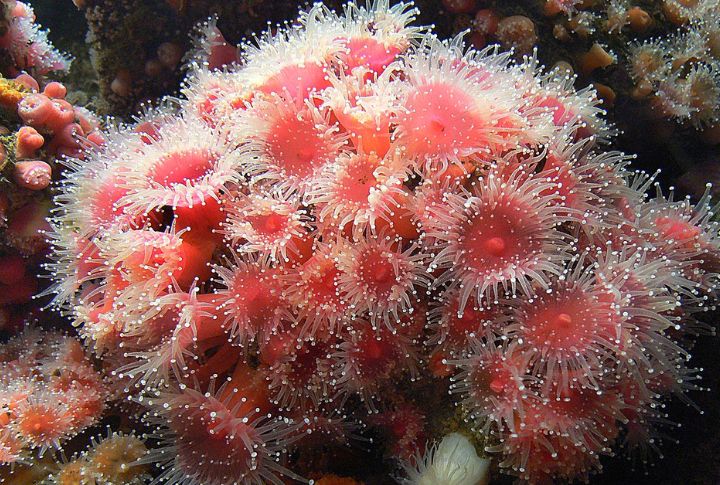
Some lifeforms challenge everything we think we know about survival. Despite lacking a brain, these creatures display movement and decision-making, a direct contradiction to biological logic. Their existence raises fascinating questions about intelligence and instinct. Explore the species that thrive in the absence of thought, and discover how nature bends its own rules.
Sea Sponge
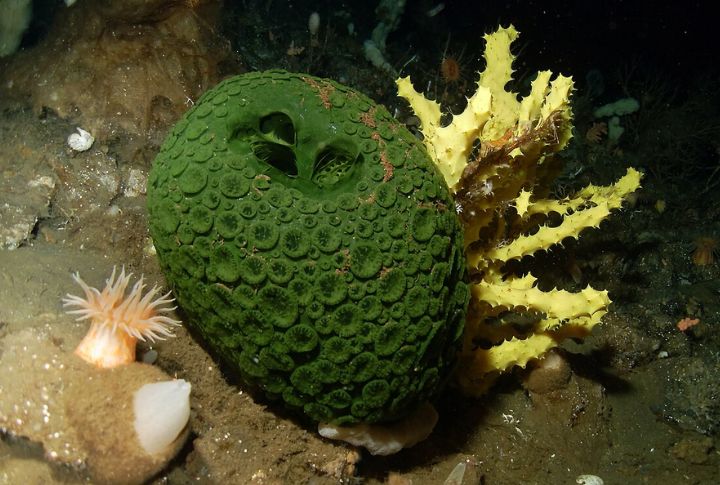
A creature without a brain, nerves, or muscles might seem impossible, yet the sea sponge defies that logic. It sustains itself by meticulously filtering vast quantities of water through its intricate network of pores and channels, extracting nutrients and oxygen. Even a fragmented piece possesses the astonishing ability to regenerate entirely.
Sea Urchin
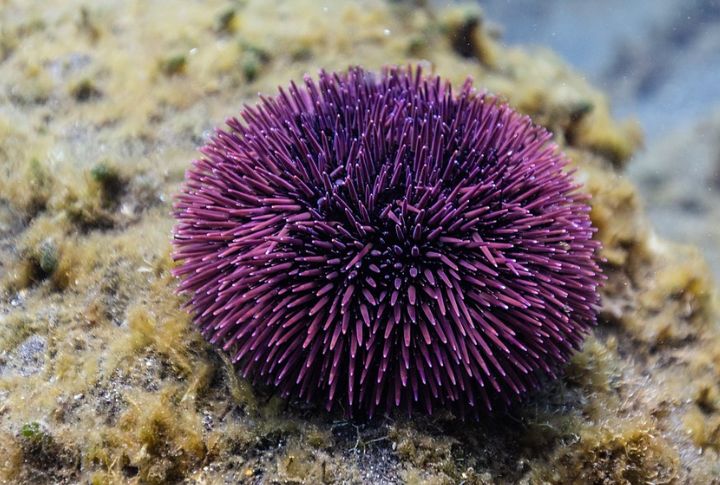
Sea urchins navigate the ocean floor using only a nerve ring, with no central brain. Their movements rely on tube feet and spines, which also serve as protection. Light-sensitive cells throughout their bodies help detect their surroundings, and they can even regenerate lost or damaged spines over time.
Jellyfish
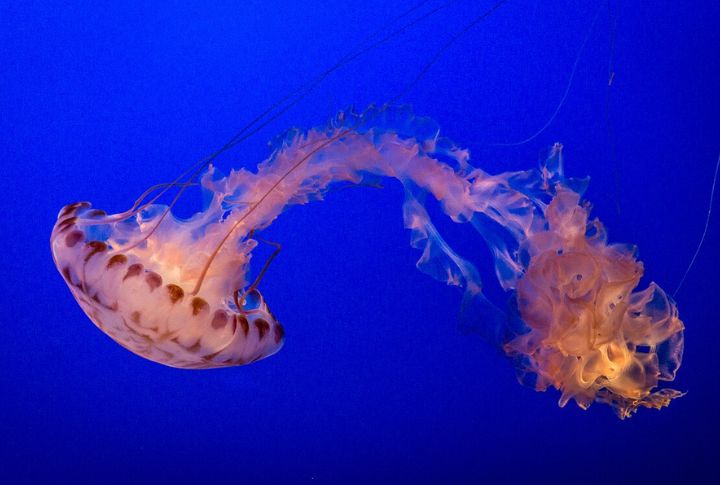
Imagine a living being with no brain or bones. The enigmatic jellyfish moves through its aquatic world with only a diffuse nerve net that allows it to respond to its surroundings and control movement. Some species even showcase the rare distinction of being considered biologically immortal.
Sea Anemone
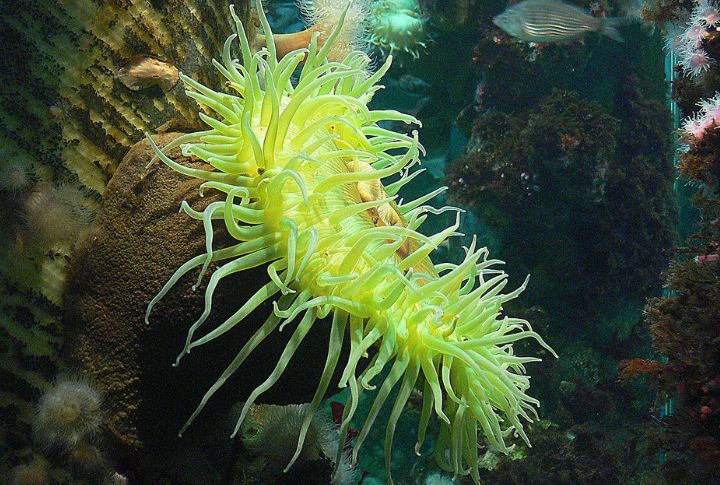
A vibrant, mostly stationary inhabitant of the ocean floor, the sea anemone functions with only a simple nerve net, lacking a centralized brain. It reacts instantly to touch, either retreating or attacking prey. For reproduction, it simply splits in two—a bizarre yet effective method of self-propagation.
Sea Cucumber
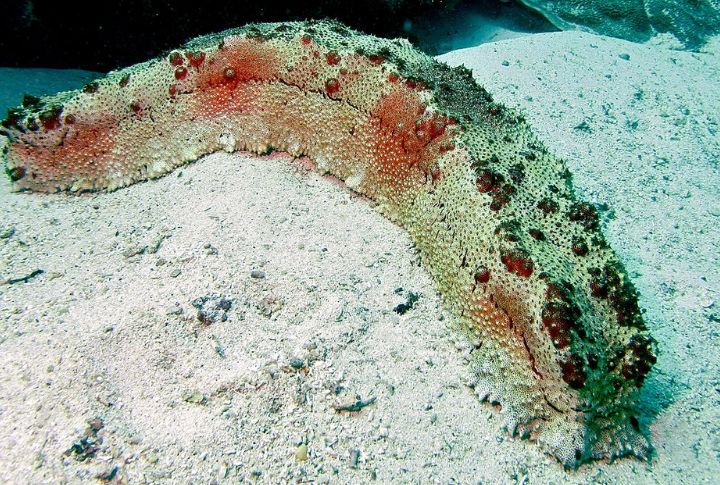
Another animal that relies on simple nerve cords rather than a brain. When threatened, this soft-bodied creature expels a tangled mass of sticky filaments to deter predators, a truly peculiar defense. Some sea cucumbers can breathe through their rear and liquefy their bodies to slip through tight crevices.
Clam
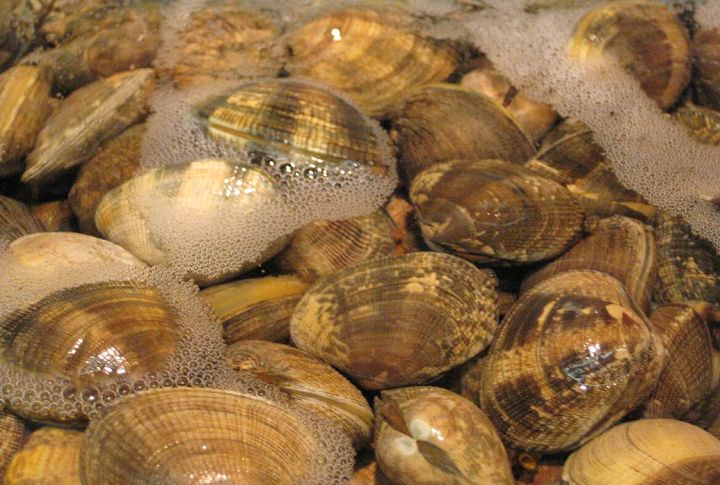
These unassuming bivalves lack a true brain and rely on paired clusters of nerves to manage their existence. They snap their shells shut with surprising force in case of sensing danger. By drawing in large volumes of seawater for nutrients, these clams manage to thrive for decades, sometimes over a century.
Hydra
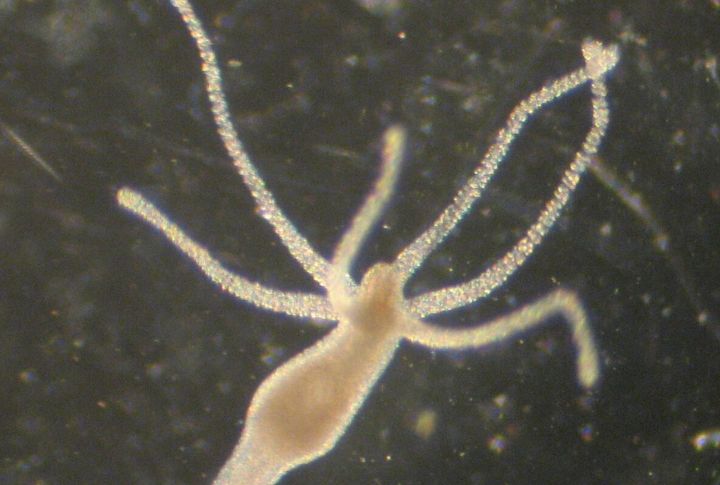
This small freshwater polyp uses a decentralized nerve net to react instantly to prey through its tentacles. With no brain, its responses are purely reflexive. The hydra may even be biologically immortal and reproduces by budding new individuals straight from its own body—a strikingly simple life cycle.
Tapeworm
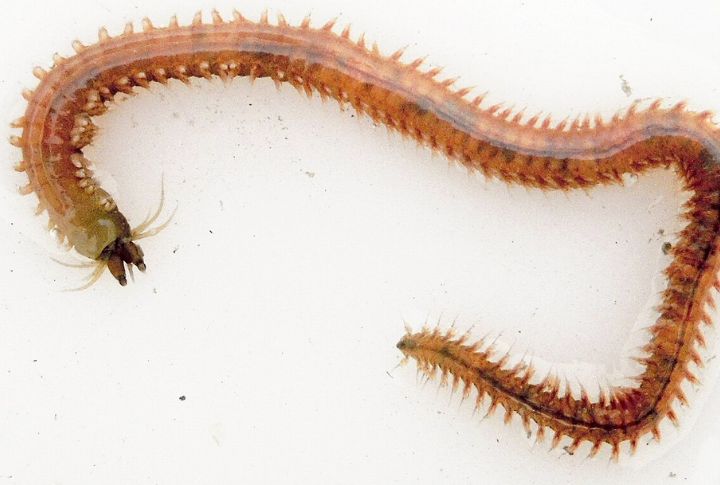
Consider an organism so dependent on a host that it lacks a brain, mouth, or digestive system. The tapeworm absorbs nutrients directly through its skin and anchors itself with hook-like structures. Some can grow to incredible lengths that exceed that of a school bus.
Coral
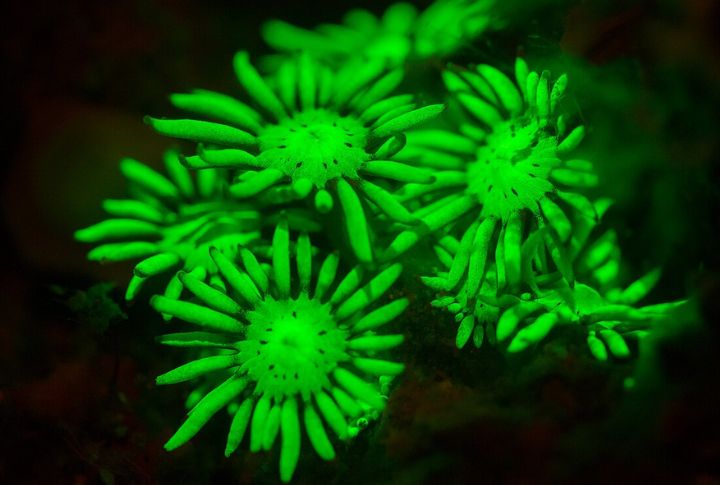
Coral polyps, though visually stunning, operate with only rudimentary nerve cells. These tiny organisms react to subtle changes in light and temperature. While their colorful reefs are visible from space, most of their feeding happens quietly at night, hidden beneath the ocean’s surface.
Brittle Star
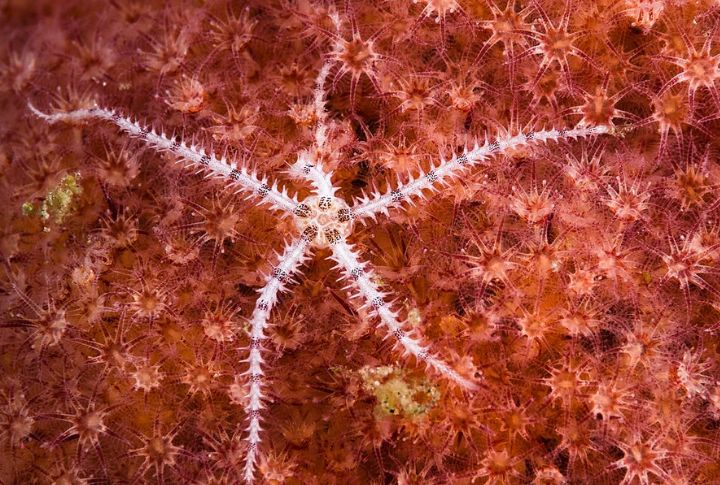
Moving across the seafloor, this agile echinoderm functions without a brain or central processor. It relies on light-sensitive skin cells to navigate. A fascinating defense mechanism for the brittle star involves intentionally shedding limbs when threatened, only to regrow them later, usually moving faster than its starfish cousins in the process.

